Hearthstone has much in common with other card games, such as Magic: the Gathering and Yu-Gi-Oh. The similarities are mostly in the combat systems, in the creatures and spells, but Hearthstone has a unique type of cards – secrets. Unlike traps inYu-Gi-Oh or instant cards in Magic: the Gathering, Hearthstone secrets are triggered automatically when certain events occur. Currently, only three of the nine classes of heroes can use secrets in their decks – Mage, Paladin, and Hunter. Some of the secrets have always played an integral part of the top decks for all these classes. So, if you want to become really good at Hearthstone it is necessary to know how to play, detect and remove secrets.
Learning Hearthstone Meta
It is extremely important to know what is currently happening in the Hearthstone meta, especially for active players on the ladder. Various decklists posted online include many decks with secrets as their either main focus, such as Secrets Paladin (probably the strongest secrets deck in the whole Meta today), or an auxiliary focus. On top of that, Blizzard regularly expands the pool of cards with each new DLC, and for now there are 20 secret cards distributed among the three classes mentioned above. Thus, you need to know how to determine which secrets are being played and how to counter them effectively.
First of all, you need to gain knowledge on secrets that are popular and playable at this very moment. For example, the Hunter class has six secrets, but only two of them are suitable for continuous play: Explosive Trap and Freezing Trap. Other cards, such as Bear Trap, have the potential, but they aren’t played as often. Snake Trap is another good example of an effective, but not-so-popular secret.
Anyway, for now we have the list of current playable secrets and we can start making certain decisions. Thus, if a Hunter plays a secret at the very beginning or very early in the match, you can assume that it will be either a Freezing Trap or an Explosive Trap. That is simply how people play these secrets in the current meta, and thinking that way will help you react.


The next important step is gaining the knowledge of all possible decks for classes that use secrets and which cards you can use to counter them. By playing a card like Mad Scientist secrets may appear very early on in the match, so it is important to watch out for each card that your opponent is playing and to figure out the potential list of cards in your opponent’s deck and hand.
If Hunter begins the game with the Worgen Infiltrator, it would be correct to assume that he has two copies of Explosive Trap in his deck.
Again, let’s take the Hunter for example: Freezing Trap is commonly used in Midrange Hunter decks, and Explosive Trap is the only secret in the Face Hunter’s deck. If a Hunter begins the game with Worgen Infiltrator, it would be correct to assume that he has two copies of Explosive Trap in his deck. On the other hand, if the first card on the battlefield is Webspinner, typical for Midrange Hunter decks, then you will have to deal with two copies of Freezing Trap.



Of course, there are exceptions to these rules, as the meta changes frequently. Plus there are individual preferences for each player. New types of packs appear in the ladder all the time, and they can be effective due to the element of surprise alone. A couple of months ago, the ladder was filled with new hybrid Hunters who were a mix of Face Hunter and Midrange Hunter, with different distributions of Freezing and Explosive Traps.
So stay in touch with the meta by checking all the available decklists online and playing them. If you don’t have the resources to try all the trendy decks yourself, then watch as many streams as possible from people like Trump, Purple, Kolento and others. Watch and play!
How to play around Hearthstone secrets

The only thing left is to learn how to play the secrets in your own decks and get around those of your opponents. Of course, there is no single method when it comes to secrets, as each and every approach works differently.
Decks within the same class may be composed of very different secrets. Freeze Mage is a great example. The players in this case usually have two copies of Ice Barrier and Ice Block – both are very important for these types of decks and allow them to be especially effective. There are also aggressive types of Mages, such as Tempo Mage and Mech Mage. These decks usually use Mirror Entity and Counterspell – two of the most effective Mage secret cards. Some other decks may use both styles, and this is where knowledge of the current meta makes it easy to identify what you’re facing in the early stages of the game.


Some secrets can have weaker effects when facing certain decks. For example, Counterspell loses its effect when your opponent plays a second turn and gets the coin. Vice versa, if you know that you’re playing against Tempo Mage who has just played a secret, you don’t want to play other spells before checking that secret. First, you need to check if it’s a Mirror Entity by playing the weakest minion in your hand. If you realize it’s not, then make sure that the secret is a Counterspell by using a coin. In this way, you can avoid a lot of trouble.
First, you need to check if it’s a Mirrored Entity by playing the weakest minion in your hand. Then, make sure that the secret is a Counterspell by using a coin.
If you play Oil Rogue, then put at least one copy of Bloodmage Thalnos or a Pirate in your deck, specifically for facing Mirror Entity. Other cards worth considering are Zombie Chow, Ancient Watcher, Nerubian Egg and some others that will be of no special benefit to a Mage. Mirror Entity is an excellent example of why it is so important to have a game plan beforehand.



However, when you play your own secrets, be careful with Freezing Trap and don’t just throw it out, as your opponent can have an Antique Healbot or similar cards that heal or give other huge benefits to their owners. If that’s the case, and your Freezing Trap works on a minion, you will basically be playing against yourself and letting your opponent gain twice as much health or other buffs.

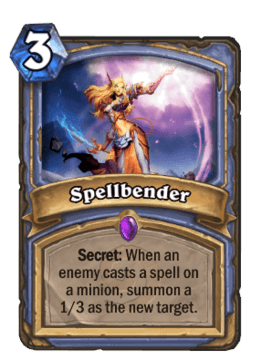
Sometimes it’s impossible to completely counter the negative effect of all secrets. In such cases, you just need to minimize the damage. There is always a chance that you are playing against a person using unpopular secrets, such as Snipe or Spellbender. If there are ways to play against these secrets without compromising your tactics, then that’s one more reason to learn them. If you are unable to attack or check for an Explosive Trap or Freezing Trap, then the easiest way to spend your five mana is to play Piloted Shredder and Webspinner. These tactics are important for the arena, where people tend to use lots of unpopular secrets.



There are several alternative ways to detect and counter secrets in Hearthstone. Flare, a Hunter’s spell, has been popular for some time, but today people tend to use Kezan Mystic against decks with secrets.


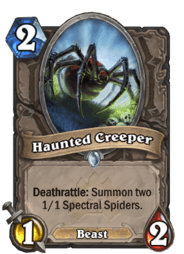
There are even whole decklists, such as certain types of Aggro Mage, specifically designed to deal with other strong secret classes, such as Secrets Paladin. This Paladin deck is so strong that you need equally strong attacks and removal techniques. First, you need to push forward strong 1 and 2-cost minions, such as Haunted Creeper and Abusive Sergeant by using your coin. Then, continue managing the pressure with Sorcerer’s Apprentice and/or Knife Juggler, if you have a spell to protect the battlefield.



Additionally, you can use some excellent free tools for enhancing your Hearthstone gameplay, which are covered in the Hearthstone addons, trackers, and arena helpers article. Anyway, no matter which kind of approach you choose, it’s always good to remember all the available secrets in the game. For this reason, we present you the full list of all current Hearthstone secrets in the special cheat sheet below.
Hunter secrets






Mage secrets








Paladin secrets






Hopefully that’s helpful. Stay tuned for more guides and tips to help you dominate the Hearthstone battlefield.

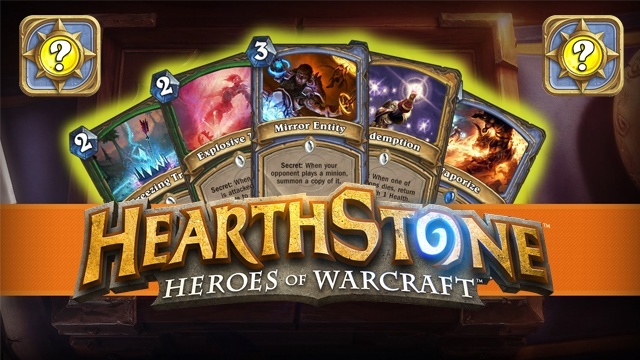
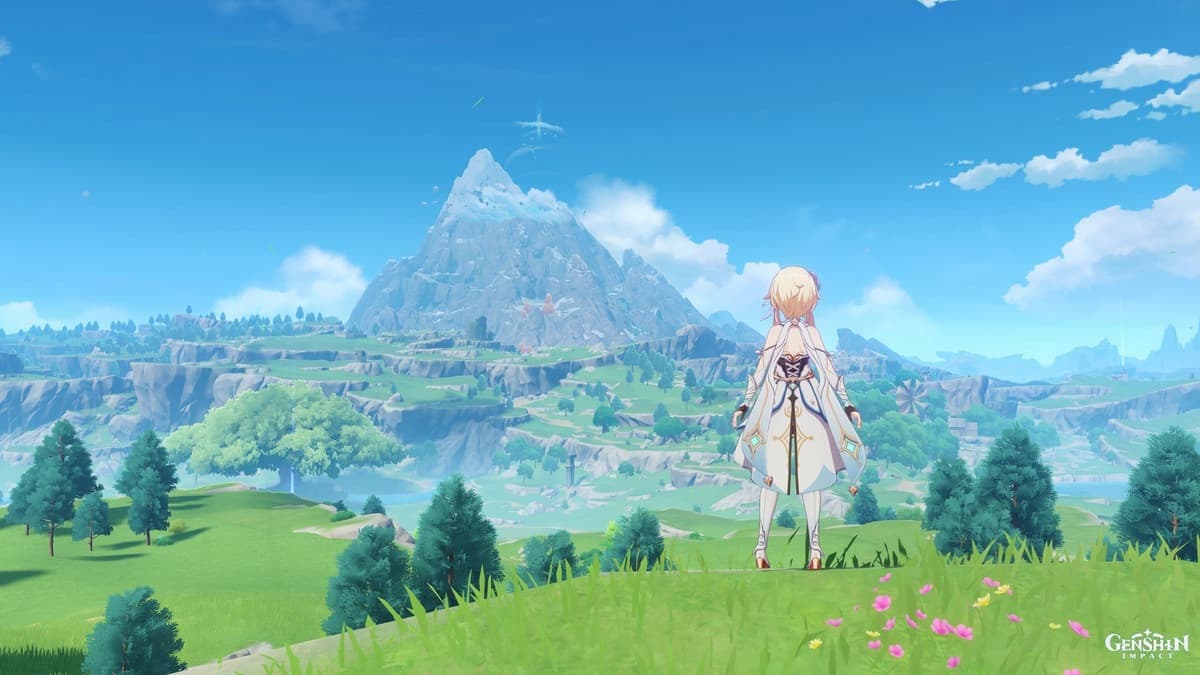

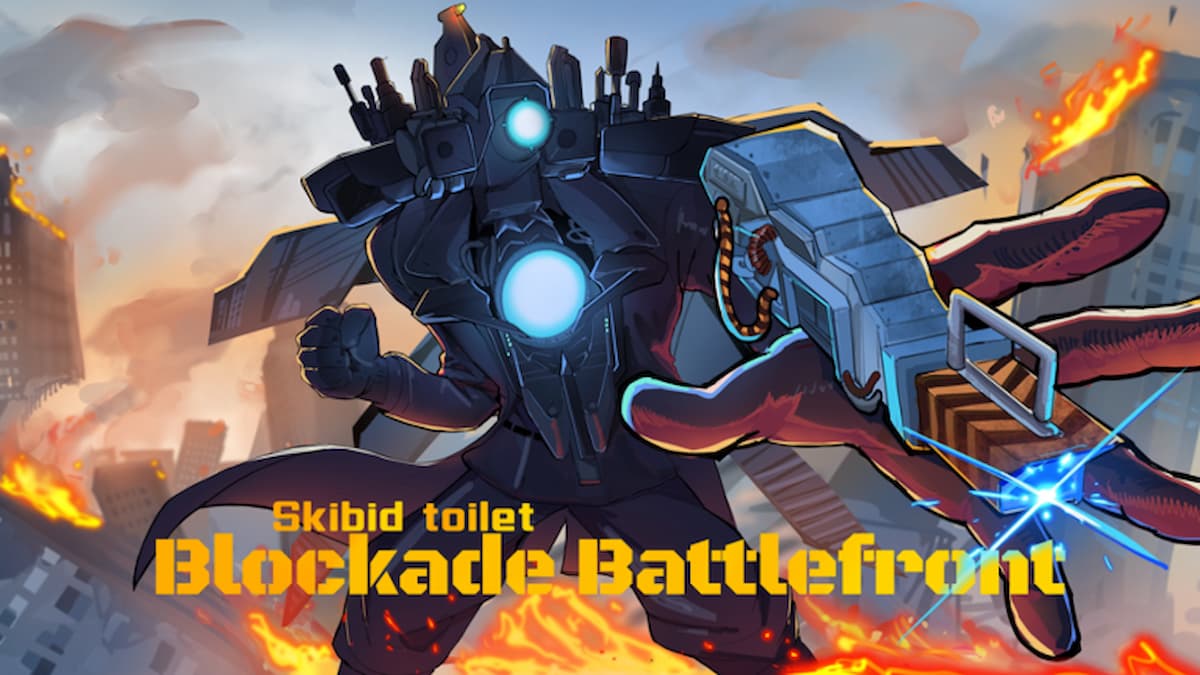
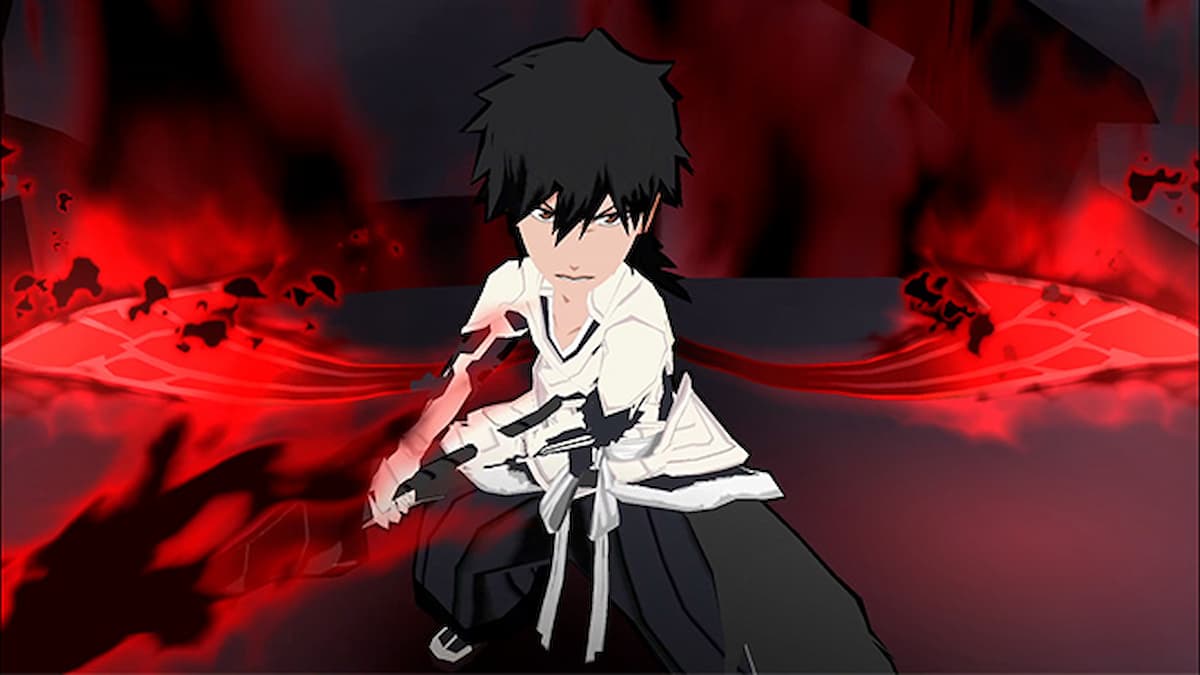
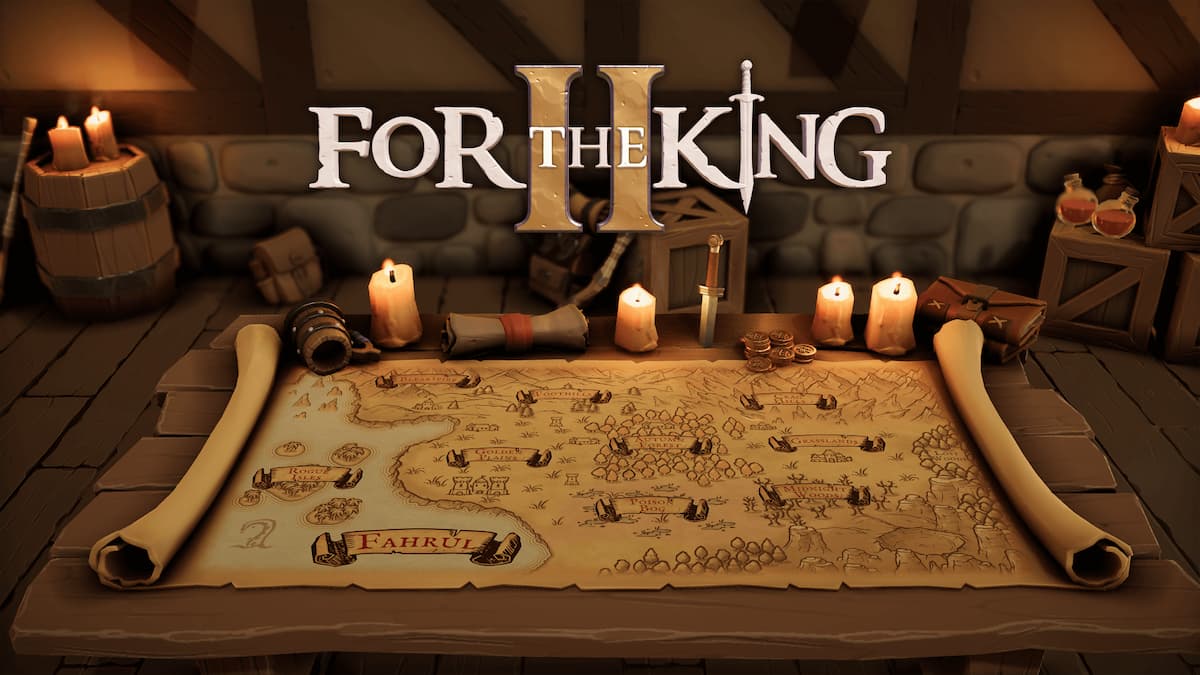
Published: Oct 20, 2015 11:14 pm